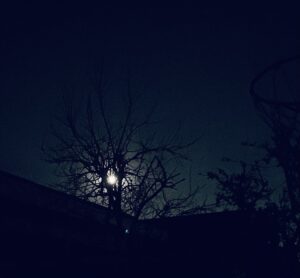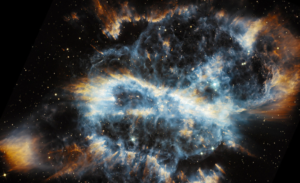The archive I will be exploring and discussing is the renowned Internet Archive, a 501(c)(3) non-profit organization committed to providing free access to millions of books, videos, music, and other cultural artifacts in digital form. Founded by Brewster Kahle in 1996, the Internet Archive’s mission is to offer ‘Universal Access to All Knowledge.’ By building a comprehensive digital library of Internet sites and preserving a vast array of digital content, the Archive ensures that important cultural artifacts remain accessible to the public for free. In addition to its focus on archiving digital content, it maintains an active blog to provide updates and insights on its collections and projects. Furthermore, its Archive-It service allows institutions and individuals to contribute to and manage collections of archived web content. Due to these features and the Internet Archive’s commitment to preserving a wide array of digital content for public access, I chose to examine this archive to evaluate how it either supports or contradicts Marlene Manoff’s and Kate Theimer’s ideals of an archive.
It is challenging to define what an archive truly is amidst contrasting ideals. According to Marlene Manoff in “Theories of the Archive from Across the Disciplines,” archives are not just repositories of information but also sites of power, memory, and identity construction. She views archives as dynamic spaces where users actively engage with and contribute to the creation of knowledge. This perspective highlights archives as interactive environments where individuals interpret materials, shaping narratives and understandings that emerge from archival records. This view emphasizes that archives are not static repositories but dynamic spaces that invite user engagement and participation in constructing knowledge. Similarly, Kate Theimer claims that “an archive is the repository for the historical records of its parent organization,” further supporting the claim made by Manoff that archives are repositories of information. However, within this statement, and Theimer’s stance aligning with traditional archival principles, Manoff and Theimer differ in the sense of inclusivity and interactive spaces within archives.
With regard to the Internet Archive project I’ve examined, after considering both perspectives, I’d say Marlene Manoff’s views align most closely with this archive. The Internet Archive is an extensive repository spanning millions of pieces of information with the ability to foster interaction among individuals. Although both ideals have similarities and differences, each argument contributes valuable insights that shape my understanding of what constitutes an archive. For instance, Kate’s point that an archive is meant to have a specific topic related to its parent organization, which I completely agree with. This is because if the archive tries to encompass all types of information, it would resemble more of a library than an archive. Similarly, Manoff’s argument about an interactive space and outside contributions to an archive is compelling because it allows for multiple perspectives to converge.
Now, what do I personally think an archive is?
Before reading the articles, when I think of archives, the first word that comes to mind is ‘history.’ Archives contain historical documents (personal papers, journals, manuscripts), historical photographs (portraits, maps), historical videos (films, music, documentaries), historical artwork (portraits, paintings, posters), and much more. What they all have in common is their connection to the past; they are repositories of historical information preserved in an archive, accessible to the public.
However, after reading the articles, I’d say my original thinking of an archive was far too limited. I now see archives as spaces encompassing all information, both past and present, recognizing that present information will eventually become historical. Archives serve as repositories centered on specific topics that can continuously expand. When I say they ‘continuously expand,’ I mean they not only acquire new information, documents, photographs, artwork, and videos, but also evolve through interactions with this content, shaped by diverse perspectives and ideals.
This expanded view sees archives not just as static repositories of historical artifacts, but as dynamic environments where knowledge is continually shaped and enriched.
Works Cited
Manoff, Marlene. “Theories of the Archive from Across the Disciplines.” Portal (Baltimore, Md.), vol. 4, no. 1, 2004, pp. 9–25, https://doi.org/10.1353/pla.2004.0015.
Kate Theimer, “Archives in Context and as Context,” Journal of Digital Humanities 1, no. 2 (2012). https://journalofdigitalhumanities.org/1-2/archives-in-context-and-as-context-by-kate-theimer/ ↩︎


